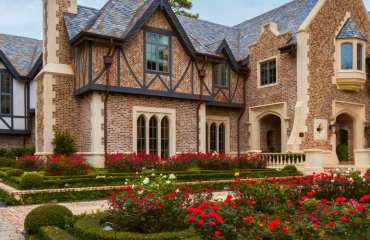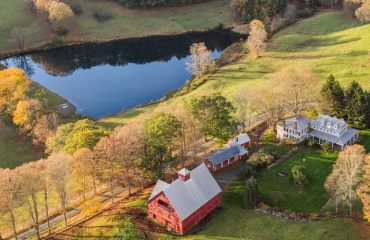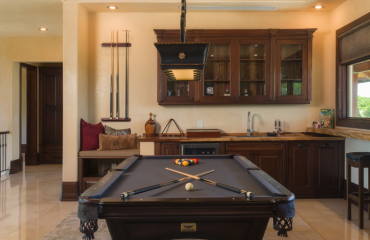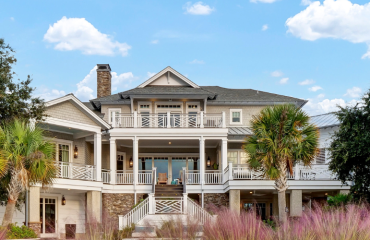What is the philosophy of Oppenheim Architecture?
Our main mission is to enhance life, not only for humans, but for flora and fauna too, and we do that by focusing on the site where we’re building. The notion of terroir is very interesting—where you can taste the place in the wine—the soil, the way the sun was at the time the vines were growing, and everything else that goes towards making that unique flavor. We take a similar approach to architecture. We’re trying to optimize the possibilities of the site and dive deep into what makes each place special. We strive to use materials from the place, and build with the land, rather than on the land. It’s a very subtle thing, but it’s very effective.
Describe how your projects relate to nature.
We’re doing everything we can to allow nature to thrive, but also to be the star of the show: framing nature and celebrating it, harmonizing with and not overpowering it. That might not necessarily translate into every project, but even in urban settings we try to celebrate nature. We recently did a penthouse apartment in Miami Beach [Silva Penthouse] and everything reflects the colors of the surroundings: the floor is the color of the sand; the walls are the color of the clouds. It’s a very serene environment.
We want to create a sort of reprieve to give people a place to re-energize in stillness and silence. This idea of silence not only translates into the interiors but also into how these buildings engage with the landscape—similar to how animals cloak themselves in their environment.
Talk us through how your firm started and how it has evolved.
I started the firm in late 1999. We were focusing on very small, multi-family residential projects in South Beach: trying to look at a site and ask ourselves how we could create the most incredible environment and experience for people—the optimal lifestyle. The work we did in Miami was very much about Miami—how one could take advantage of the city’s unique qualities and the lifestyle that’s possible, and help to define what that actually was at the time. Today our work is more focused around the world.
Villa Allegra, your home in Miami, is described as a direct reflection of your philosophies. How so?
Essentially it was a manifestation of a lot of those philosophies. For example, how do you take the climate and create the most pleasurable experience within that climate? For that house it’s an abundance of outdoor living and covered outdoor spaces. For us it’s not about architecture. I say form follows feeling, which means that for me, it’s not really about what it looks like because I’m more interested in the experiential.
Your house in the Bahamas also has a very strong connection to place…
The house in the Bahamas is about the horizon and the constantly changing sky. It’s about what the architecture can help you to see and connect with. There’s no ornamentation—nothing that’s unnecessary. It’s like a reduction in cooking: you’re boiling something down to its essence, and in doing that, the power and the flavor of what’s left is concentrated and elevated.
What is your approach to projects in challenging environments such as the Wadi Rum Desert Resort project in Jordan?
Often when starting a project, we camp out on the site and live in the elements for a while to gain an understanding of where the sun or moon is rising, and other unique subtleties of place. It’s become sort of a ritual of ours. In Wadi Rum, we also studied the area’s history, and ancient civilizations such as the Nabataeans, who lived in Petra more than 2,000 years ago, and then more recently the Bedouin tribes. We studied the way they collected water and the way they built into the hillside, as well as how they built tents out of the hair of the goats they herded.
We use the materials at our disposal and work with nature to do things like capture light and diffuse heat—to protect from the elements, but also bring them in.
Some of your projects—both residential and commercial—are very large. With that in mind, how do you ensure you’re working in the most sustainable and environmentally conscious way?
Being hypersensitive and remaining connected to place is critical for us. We’ve done projects that are less conscious, so I don’t want to preach. We did a house in Los Angeles for a film director, and in all honesty there’s nothing environmentally sound about building a house that’s 28,000 square feet (2,601 sq m) for a single person. But in LA there’s an incredible history of exploration in residential design—it became this remarkable testing bed for creating an optimal home environment because the climate allows for taking advantage of nature more.
Architects such as Frank Lloyd Wright, Richard Neutra, Rudolph Schindler, and Frank Gehry shaped much of LA’s modernist architecture, and each of them adhered to the principle of exploring the possibilities of life and creating an optimal environment. We like to focus on the same.











